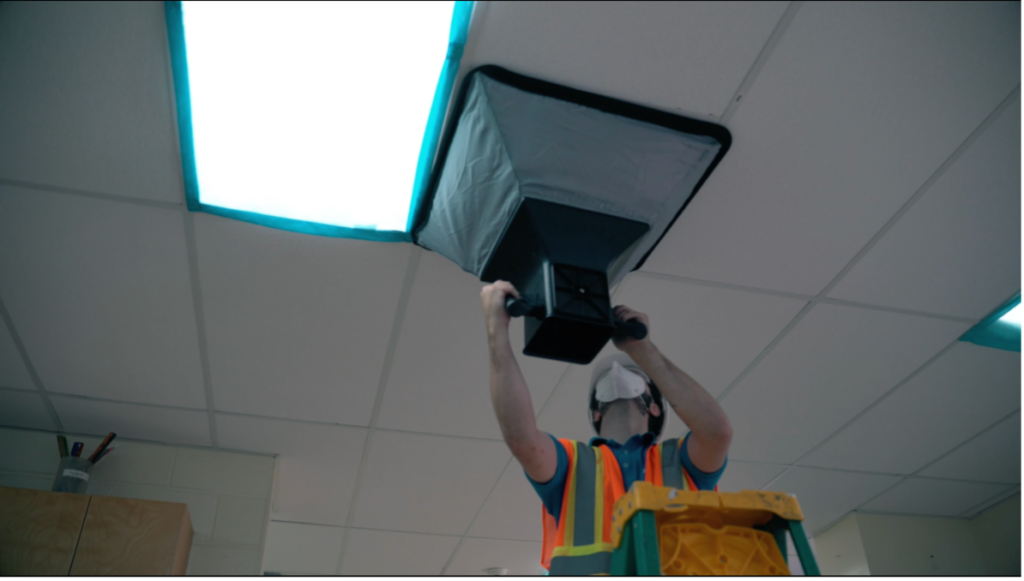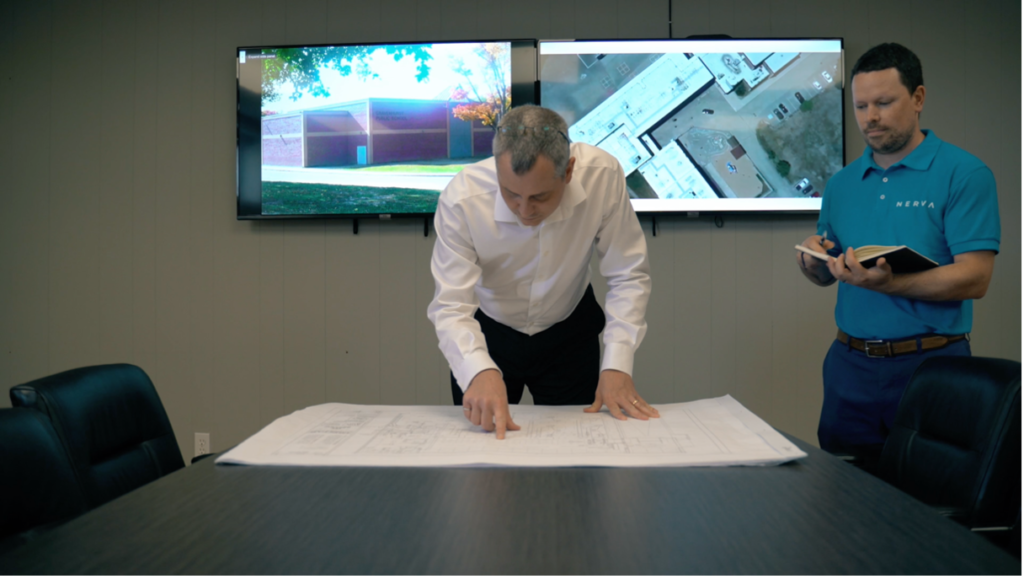Cleaner Air + Lower Energy For Schools

Projects Sponsor
By increasing airflow by an average of 40%, while reducing greenhouse gas (GHG) emissions an average of 27.7% in schools, CAFS helps keep all our most precious assets safe, earning more than a passing grade
Early in the COVID-19 pandemic, the American Society of Heating, Refrigerating and Air-Conditioning Engineers (ASHRAE) issued a series of recommendations to building owners and operators, calling primarily for increased air volume and air exchange rates to reduce the risk of COVID-19 transmission within indoor spaces.
This, given their predominantly neglected, aging facilities and outdated mechanical infrastructure, presented a significant challenge to the education sector.
And, given the young and vulnerable people schools contain and the rapidly worsening COVID situation, it was a vital, pressing challenge as well.

Facility managers scrambled to mobilize resources and find solutions to increase airflow and purify the air to mitigate the spread of the virus, but they faced a daunting task.
Upgrading mechanicals is not just a costly process, it’s a lengthy one. Even given the time and resources necessary for an upgrade, most technologies designed to increase airflow and purify the air use an exorbitant amount of energy and require a lot of ongoing maintenance, making them neither fiscally nor environmentally sustainable.
All this, coupled with the urgency of the matter and how difficult the working environment had become, makes it difficult to imagine anything positive could possibly arise from the situation, but the Cleaner Air for Schools (CAFS) program did just that.
CAFS is a partnership between Nerva Energy, Mohawk College and Climate Change Leaders who came together to help schools increase ventilation and improve indoor air quality without sacrificing energy efficiency goals or producing unnecessary GHG emissions.

At a time when confusing and confused messages and recommendations were rushing in from all corners, creating a perfect storm for hundreds of products to flood the market—most making outlandish claims and unfounded promises—the CAFS team seized the challenge before them, kept calm, and scienced on.
The CAFS task force steadfastly ignored the noise and turned to the data. Together they reviewed, examined, and validated almost a hundred technologies and solutions in search of strategies with quantifiable results. They searched for solutions to the air quality issues schools faced that would be not only effective in real-world applications, but energy-efficient and environmentally sound. They, found them, but their work didn’t stop there.
Selecting the right technologies for this program was not the end of CAFS’ research. Those technologies weren’t going to implement themselves. They had to be packaged into a comprehensive solution so that they could be deployed in a systematic and accelerated fashion that would gather the data needed to guide the installation teams and produce quantifiable results. So, they did that, and their work worked.
The CAFS program brought forward two award-winning technologies that increase ventilation and improve filtration, without sacrificing energy performance, effectively preventing the spread of COVID-19 by delivering cleaner-healthier air to students, teachers, and staff and they were well received; Since March of 2020, the program has grown to over three hundred and twenty schools in Ontario equaling twenty-five million square feet of space.

Over the last eighteen months, Nerva Energy has quickly become the gold standard for indoor air quality and energy efficiency within Ontario’s education sector. Their team has grown from a staff of ten to a team of more than fifty engineers, auditors, and technicians, with a management team composed of seasoned and award-winning industry experts.
The program has been a vital resource for school boards seeking to address ductwork and mechanical system inefficiencies, while having a measurable positive impact on our environment. Indeed, the program has raised the bar on sustainability,
Participating schools have been able to increase airflow by an average of 40%, while reducing GHG emissions by an average of 27.7%. These metrics have been measured through the extensive pre- and post-air and energy audits being conducted as a mandatory part of the CAFS program, which set out to work something of a miracle, methodically. That’s a breath of fresh air.













